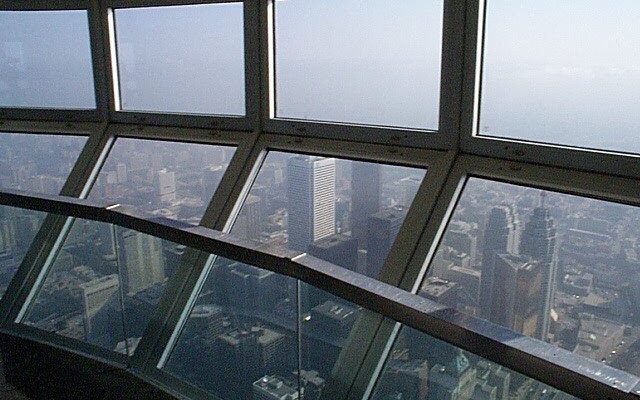CN Tower
If you approach Toronto from the south, traveling by boat along Lake Ontario, the CN Tower can be seen long before the full panorama of the city opens up in front of you.
>Elegant despite its gigantic size, the CN Tower
is the tallest free-standing structure in the world. Designed as a television transmission tower, it rises to a height of 553.33 meters and is often referred to as the “Canadian Wonder of the World”. It was named after the Canadian National Railway, which, along with the CBC News Company, funded the construction in the 1970s.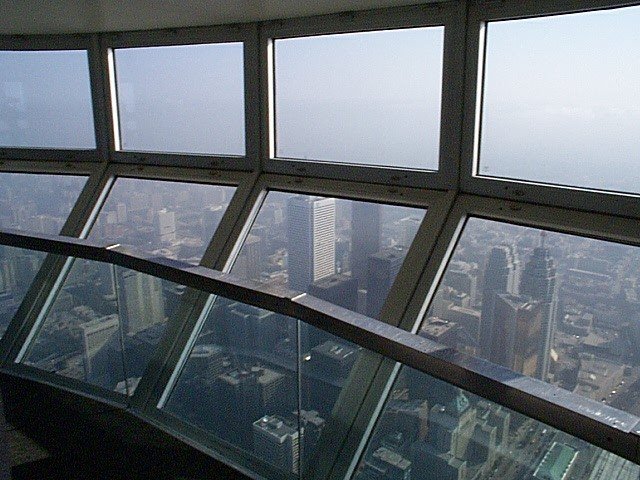
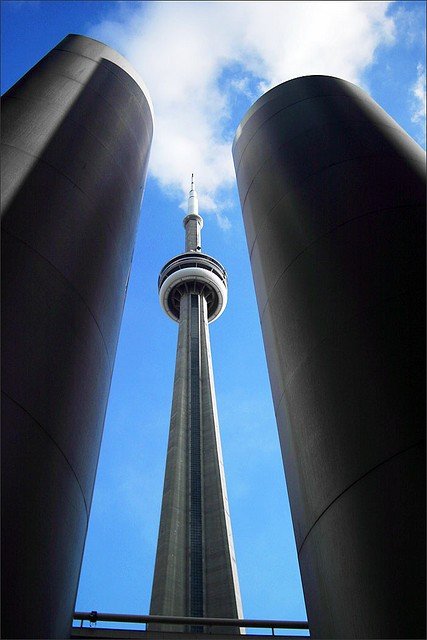
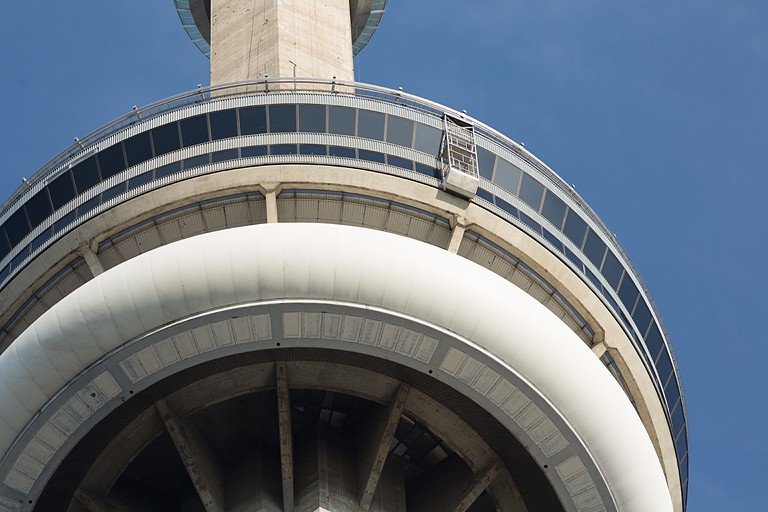
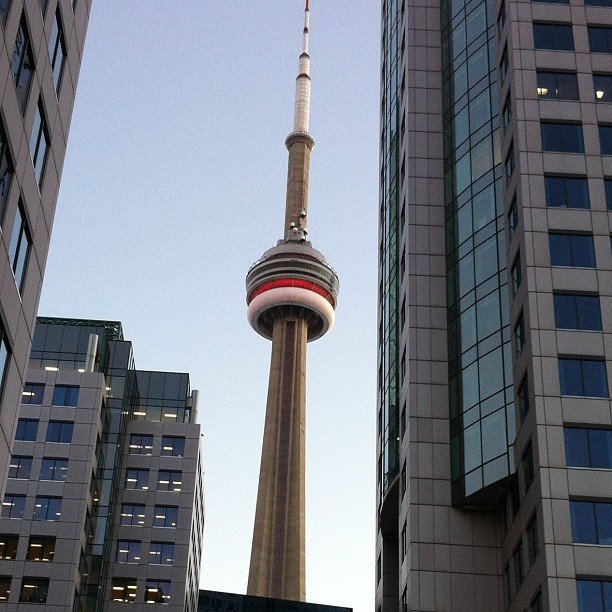
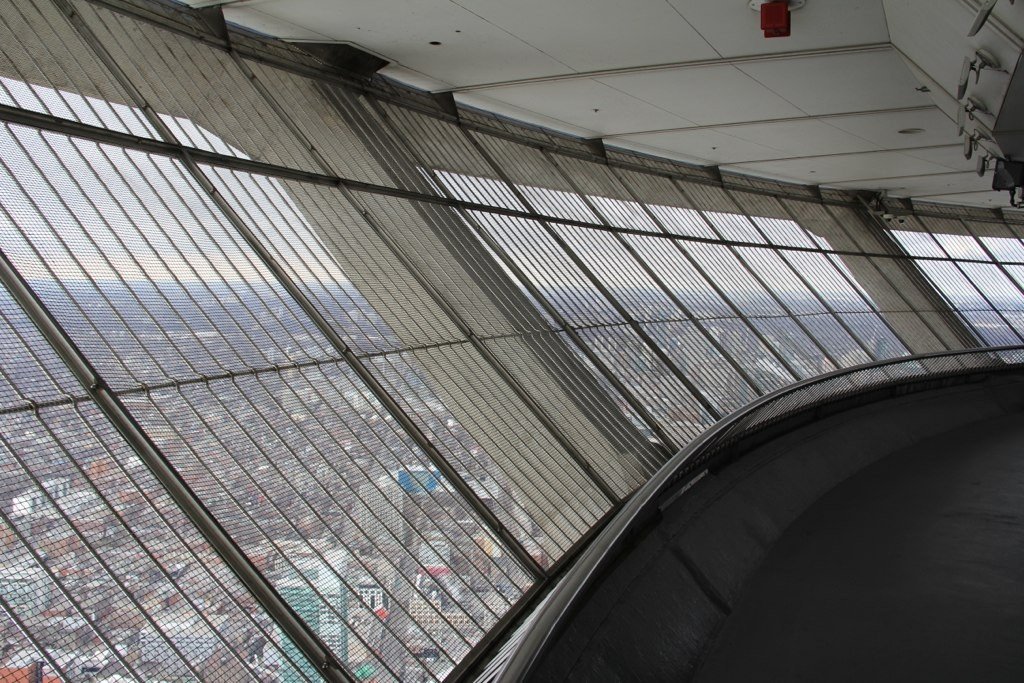
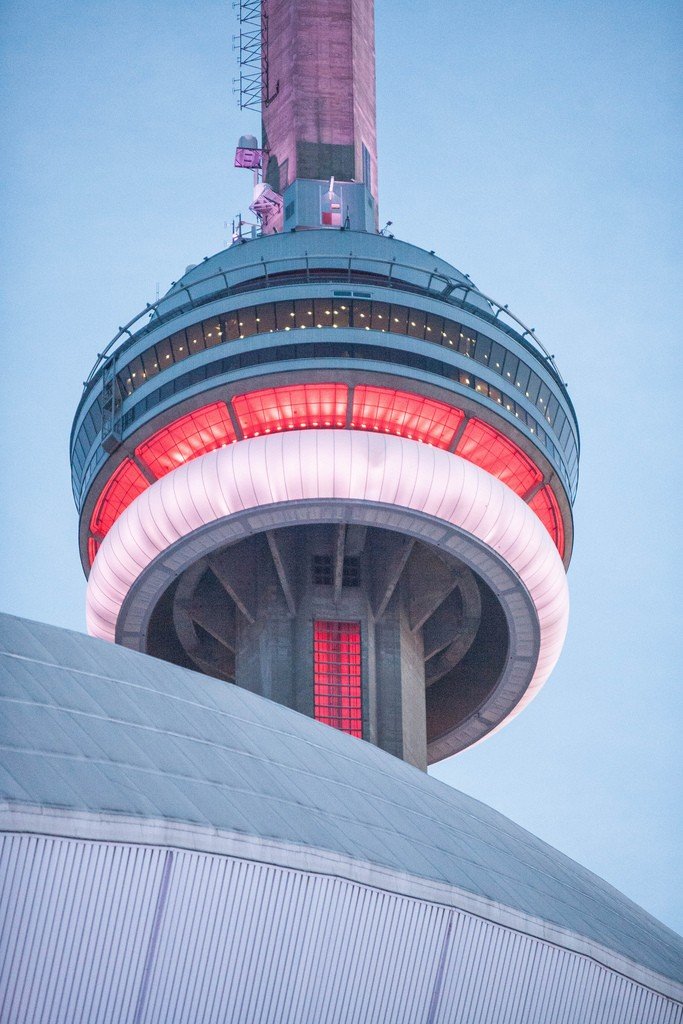
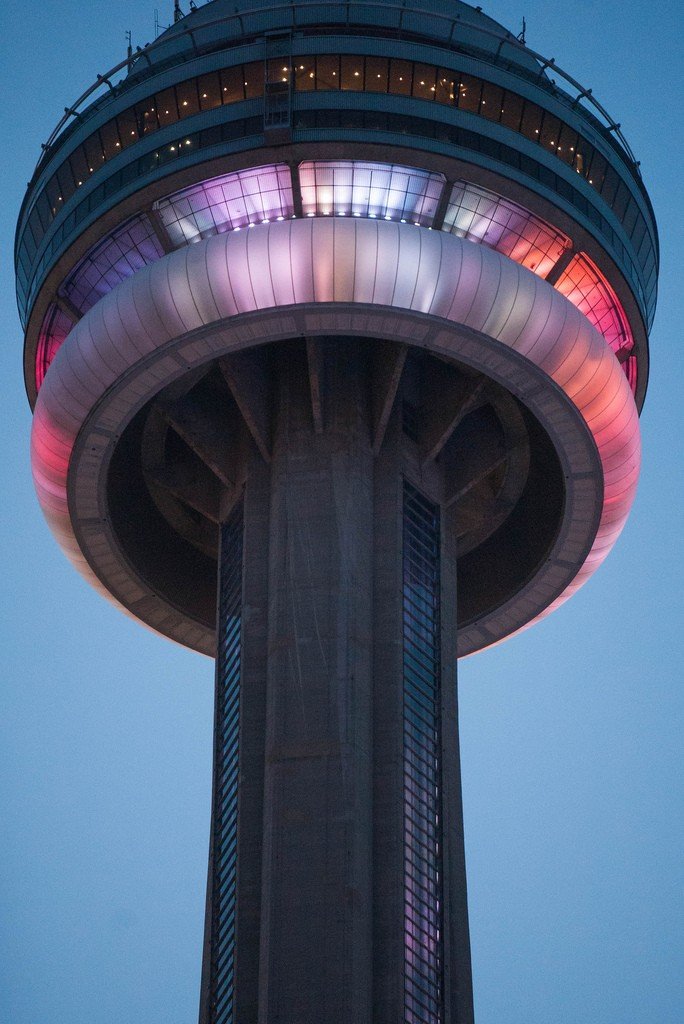
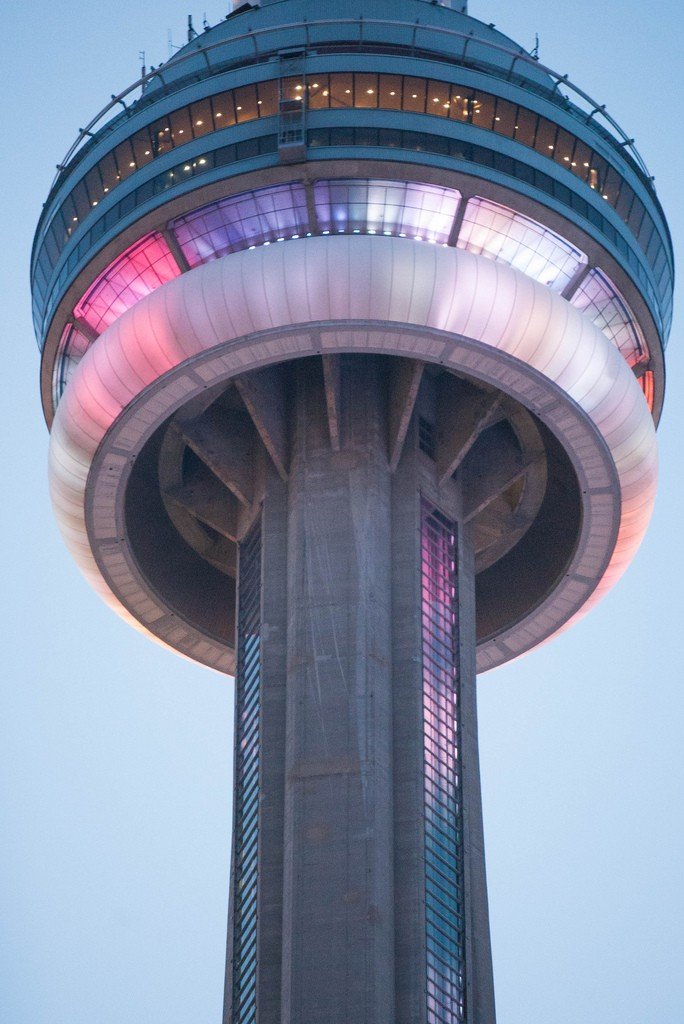
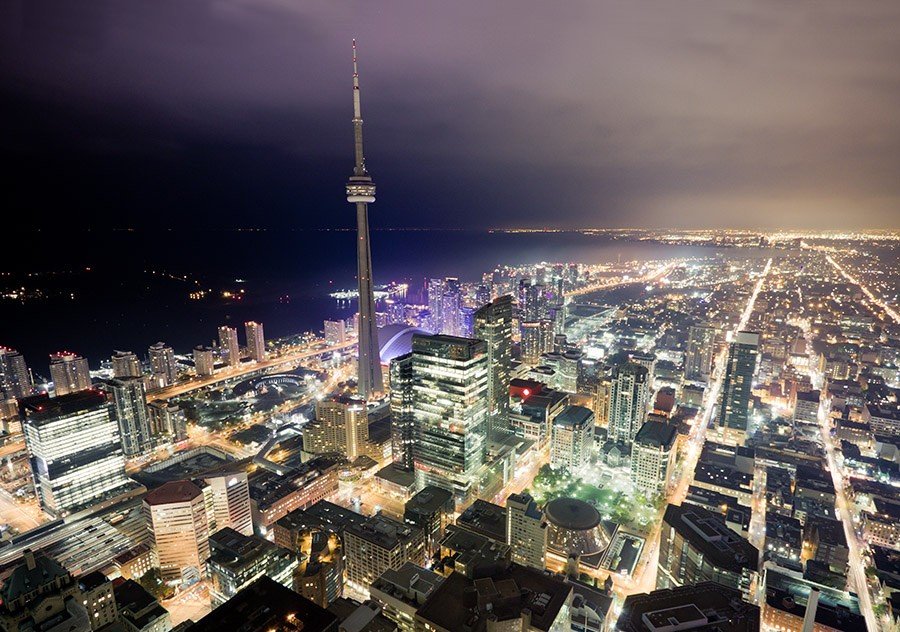
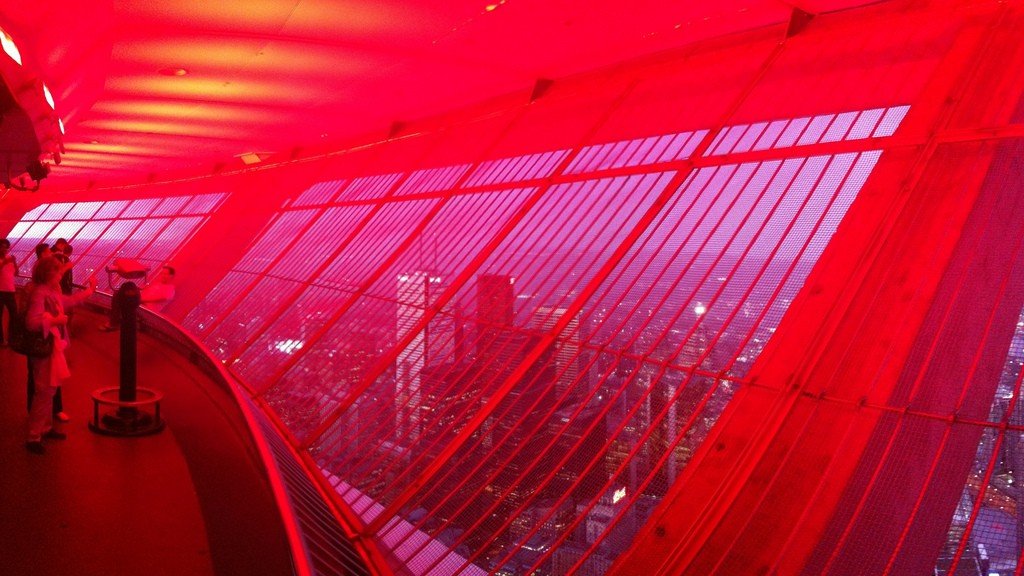
Background
The foundation stone for the CN Tower was laid on February 6, 1973.To dig the excavation, construction workers removed 62,000 tons of soil and stone chips. The foundation is shaped like a concrete puck 70 meters in diameter and 6 meters thick. To hold the 130,000-ton tower’s 130,000-ton bulk, 57,000 tons of concrete were poured into the excavation.
.
Hydraulic elevators were used in the construction of the tower’s concrete shaft. Each day they lifted the metal troughs that served as molds for the liquid concrete to new 6 m heights. This allowed each layer of concrete time to fully cure before the mold was removed and lifted to the next floor. This operation was the most difficult. This method of pouring concrete meant that the tower had to stand strictly upright, even a few centimeters of tilt could be disastrous. To prevent this from happening, engineers suspended a 100-kilogram steel cylinder in the middle of a hexagonal cavity in the center of the tower. It worked like a giant plumb line.
. During construction, the most precise measuring tools were used to control the dimensions of the tower. The result exceeded all expectations. The tower, which is more than 550 meters high, deviated from the vertical by only 2.7 cm at the very top..
The tower is topped by a radio antenna spire. This steel needle is assembled from 39 individual blocks, each of which was lifted into the air and put in place by a cargo helicopter.
In 1976, just three years after assembly was completed, the CN Tower, the epitome of a triumph of modern technology, was officially opened.
Its very design is fundamentally new. In cross-section, its barrel is not a traditional circle, but a hexagon.
In the process of operation it turned out that this creates a number of problems. For example, such a design is more vulnerable to wind than a round tower, which means that it must have a safety margin of 3-4 times greater. And besides, it is not surprising that in strong winds the tower sways with an amplitude of up to 1 m.
.
Four transparent elevator cabs move up and down at a speed of b m/sec, transporting visitors along the outer wall of the tower from its lower level to the “Sky-Pod” level at a height of 351 m. The 7-story spire in which it is located has a maximum diameter of 36.5 meters. The lower level of the spire has a transparent floor cast from extra strong 6.35 cm thick tempered glass, capable of supporting a weight of up to 38 tons.
.
The last accessible point of the tower, the astronomical observatory, is at 447 meters – it is the tallest observatory in the world.
.Facts
- Location: The foundation stone of the CN Tower in Toronto was laid on February 6, 1973.Construction was completed in April 1975 .
- Dimensions: the CN Tower has a height of 553.33 meters. It stands on a foundation in the form of a concrete puck 6 m thick and 70 m in diameter. The foundation weighs 57,000 tons and supports a tower weighing 130,000 tons. .
- Elevators: Four transparent elevator cabs move along the outside of the walls at a speed of 365 m/min. .
- Main observation deck: The main observation deck at a height of approx. 350 m, with a diameter of 36.5 m. A unique structure with a transparent floor made of 6.35 cm thick tempered glass, which can support a load of up to 38 tons.
